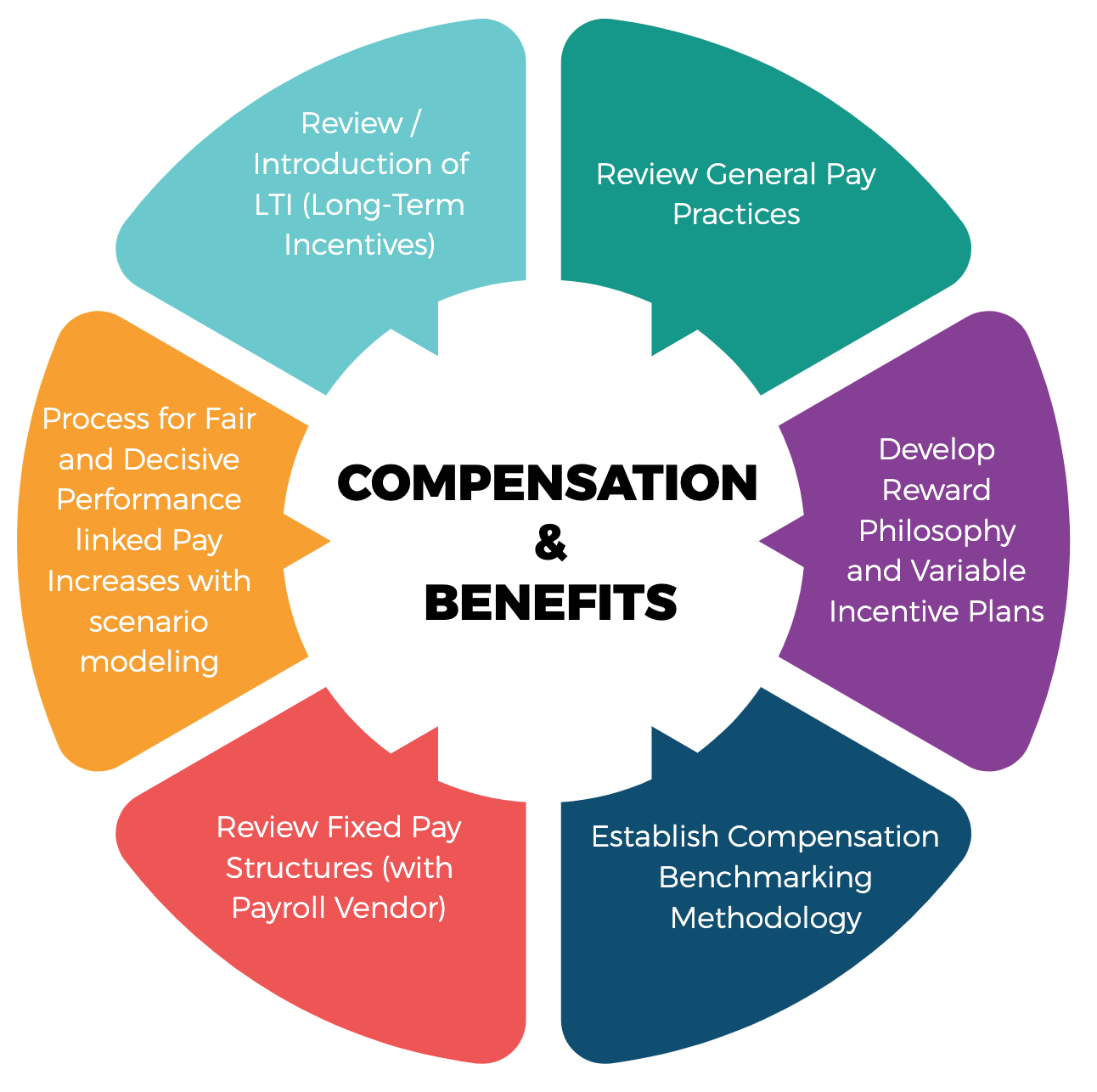Attracting and retaining top talent is crucial for any company’s success. Offering a competitive compensation and benefits package is key to achieving this goal. This article will provide a detailed guide on how to create an effective employee compensation and benefits template
What to Include in an Employee Compensation and Benefits Template
A compensation and benefits template is a document that outlines all the components of an employee’s total rewards package. Here are the key sections to include:
Personal Information
- Employee name
- Job title
- Department
- Employment status (full-time, part-time, contract)
- Employment start date
Compensation
- Base salary or hourly wage
- Eligibility for annual salary increases or hourly wage increases
- Bonus or commission structure
- Overtime pay eligibility (for hourly employees)
Health and Welfare Benefits
- Medical insurance plan options
- Dental insurance plan options
- Vision insurance plan options
- Flexible spending accounts
- Health savings account contributions (if offered)
- Disability insurance
- Life insurance
Time-Off Benefits
- Vacation days
- Sick days
- Personal days
- Holidays
- Parental leave
- Bereavement leave
- Jury duty leave
Retirement Benefits
- 401(k) or other retirement plan details
- Employer matching contributions
- Vesting schedule
Additional Benefits
- Tuition reimbursement
- Professional development stipend
- Gym membership discount
- Commuter benefits
- Employee assistance program
- Pet insurance discount
- Others
How to Format an Employee Compensation and Benefits Template
Once you’ve determined the components to include, it’s important to format the information in a way that’s easy for employees to digest. Here are some tips:
-
Use a table format Presenting the information in a table makes it easy to compare plans/options side-by-side
-
Include descriptions: Don’t just list the benefit name – provide a brief description explaining what the benefit entails.
-
Add eligibility details Note any requirements to be eligible for certain benefits. For example employees must work 30+ hours/week for medical insurance.
-
Show cost breakdowns: Indicate what the company covers vs. what the employee pays for premiums.
-
List contacts: Provide point people for questions on specific benefits.
-
Use branding: Incorporate logo, colors, and fonts aligned with company branding.
Compensation and Benefits Template Example
Below is an example of how a compensation and benefits template may be formatted:
![Compensation and Benefits Template Example][]
Example compensation and benefits template from Microsoft Office
This example contains sections for personal details, compensation, health benefits, time off, retirement, and additional benefits. Key details are provided in a easy-to-read table.
Tips for an Effective Employee Compensation and Benefits Template
Follow these best practices when creating your compensation and benefits template:
- Use clear, simple language – avoid jargon.
- Highlight key information such as eligibility periods and employee costs.
- Update annually to reflect changes in plans, costs, or new offerings.
- Ensure accuracy – have an HR rep review before distributing.
- Make it visually appealing and branded.
- Provide both digital and print versions.
- Translate to other languages as needed.
- Distribute to all new hires during onboarding.
The Importance of a Competitive Compensation and Benefits Package
The compensation and benefits you offer directly impact your ability to hire and retain top performers. Benchmarking against industry standards and competitors ensures your offerings are competitive. Partnering with HR and senior leadership to understand budget and total rewards strategy is key.
With a carefully crafted compensation and benefits template, you can effectively communicate the value of your employee total rewards to attract and engage the best talent for your organization.

Commission Plans
| [Job 1] | [Job 2] | [Job 3] |
| [Competitor 1] | ||
| [Competitor 2] | ||
| [Competitor 3] |
Employee Compensation & Benefits
- Career planning and succession planning
How to Design a Competitive Employee Compensation Package
What is a compensation plan?
A compensation plan is a formal document that includes all the components of the employee compensation packages. This involves: Employee benefits and other incentives. Compensation plans are somewhat flexible, as it’s up to the employers to decide what they want to offer to their employees in order to stay competitive in the labor market.
How do I write an employee compensation and benefits plan?
Here’s the template for this type of employee compensation and benefits plan: Introduction [In one or two paragraphs, state the purpose of the document, including which employees this compensation and benefits plan applies to and how the plan aligns with the company’s mission.]
What is a compensation package template?
Employers can create a standard template listing all elements of compensation and fill in the line items as they apply to each individual employee. The compensation package template can be used to create offer letters and annual compensation reports for employees. Total Employee Compensation Packages may include the following items:
What is an employee compensation policy template?
This policy template provides a comprehensive framework for managing employee compensation. It covers all aspects of compensation, including salary ranges, bonuses, benefits, and equity.